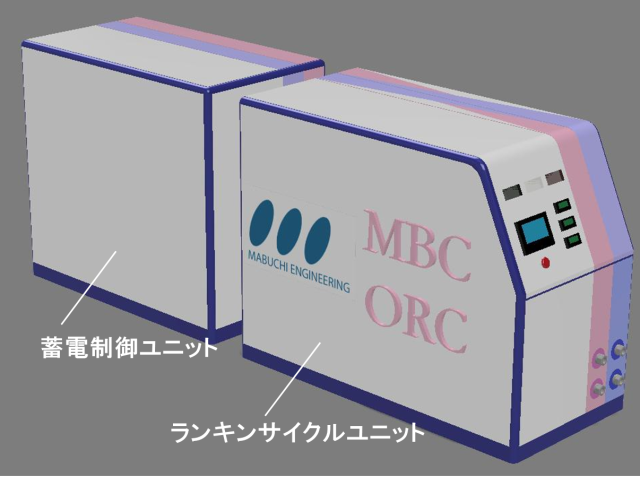2024-03-18 ペンシルベニア州立大学(PennState)
<関連情報>
- https://www.psu.edu/news/materials-research-institute/story/backyard-insect-inspires-invisibility-devices-next-gen-tech/
- https://www.pnas.org/doi/10.1073/pnas.2312700121
反射防止性ヨコバイのブロホソームの幾何学的デザイン Geometric design of antireflective leafhopper brochosomes
Lin Wang, Zhuo Li, Sheng Shen, and Tak-Sing Wong
Proceedings of the National Academy of Sciences Published:March 18, 2024
DOI:https://doi.org/10.1073/pnas.2312700121

Significance
Many natural functional materials comprise hierarchical micro- and nanostructures that are integral parts of biological surfaces. Distinctively, leafhoppers excrete brochosomes and actively use them as deployable materials on their body surfaces. Brochosomes are hollow, buckyball-shaped nanoscopic spheroids with through-holes on their surfaces. Since their discovery in the 1950s, understanding the functional significance of brochosomal geometry has remained elusive. Here, we demonstrate that the geometry and the through-hole design of brochosomes effectively reduce light reflection. Furthermore, brochosomes are a biological example exhibiting short-wavelength, low-pass filter functionality. The unique geometry of brochosomes provides a distinct approach for bioinspired optical manipulation. This represents a development distinct from the antireflective moth-eye effect (1973) and offers insight for engineering deployable optical materials.
Abstract
In nature, leafhoppers cover their body surfaces with brochosomes as a protective coating. These leafhopper-produced brochosomes are hollow, buckyball-shaped, nanoscopic spheroids with through-holes distributed across their surfaces, representing a class of deployable optical materials that are rare in nature. Despite their discovery in the 1950s, it remains unknown why the sizes of brochosomes and their through-holes consistently fall within the range of hundreds of nanometers across different leafhopper species. Here, we demonstrate that the hierarchical geometries of brochosomes are engineered within a narrow size range with through-hole architecture to significantly reduce light reflection. By utilizing two-photon polymerization three-dimensional printing to fabricate high-fidelity synthetic brochosomes, we investigated the optical form-to-function relationship of brochosomes. Our results show that the diameters of brochosomes are engineered within a specific size range to maximize broadband light scattering, while the secondary through-holes are designed to function as short-wavelength, low-pass filters, further reducing light reflection. These synergistic effects enable brochosomes to achieve a substantial reduction in specular reflection, by up to approximately 80 to 94%, across a broadband wavelength range. Importantly, brochosomes represent a biological example demonstrating short-wavelength, low-pass filter functionality. Furthermore, our results indicate that the geometries of natural brochosomes may have evolved to effectively reduce reflection from ultraviolet to visible light, thereby enabling leafhoppers to evade predators whose vision spectrum encompasses both ultraviolet and visible light. Our findings offer key design insights into a class of deployable bioinspired optical materials with potential applications in omnidirectional antireflection coatings, optical encryption, and multispectral camouflage.


